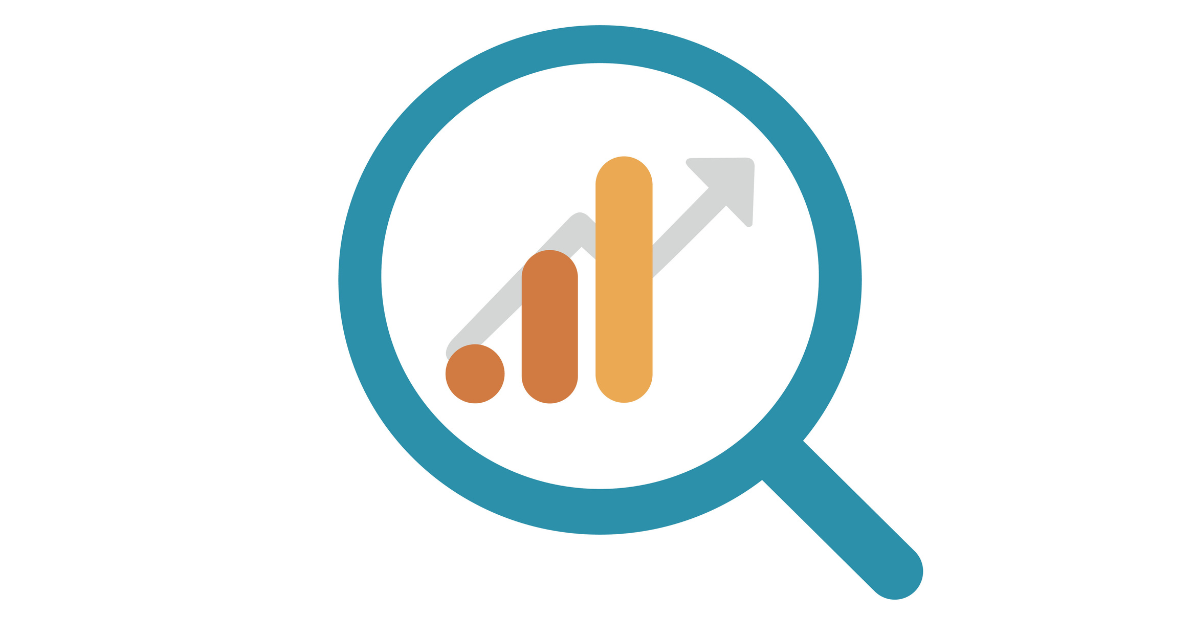“Those that fail to learn from history are doomed to repeat it.” This often-cited Winston Churchill quote is as valid today as it was when the British statesperson first wrote it down in 1948. Despite this, how many marketers seem oblivious to the past and make the same mistakes on a daily, weekly, or monthly basis?
Perhaps somewhat less statesmanlike than Churchill, I often refer to these people as “the flogging the dead horse brigade” or simply “busy fools.” These are the people who push out the same old marketing content via untargeted email newsletters, irrelevant social media campaigns, disjointed content strategies, and reckless paid search activities. These are also the people who will utter the most dangerous words in marketing as a line of defense — “We’ve always done it this way.” Stop me if this sounds all too familiar.
Documenting Success
The good news is you don’t need a degree in history to learn from your past in the digital age. Every click, every send, and every single cent spent on marketing is documented for your reference across a variety of analytic tools in your marketing arsenal. You probably look at some of these analytics tools every day. The question is, do you learn from them and use them to influence your business decisions?
The problem is, for busy marketers (often wearing numerous marketing hats), these analytics tools can be incredibly complex. This means many marketers either don’t know what they are looking at beyond simple traffic trends or have the time to dig deeper into their data and learn from their previous successes and failures.
GA4 — A New Beginning
If you have previously struggled to embrace your analytics fully, now is an excellent time to take another look. This is because Google is about to sunset its Google Universal version of Google Analytics and move everyone over to GA4.
As the latest iteration of Google Analytics, GA4 takes the analytics suite into a post-cookie, post-global privacy regulations, and AI-enabled world (yep — the world is changing faster than you think).
Analytics — What’s the Point?
As with anything else in marketing, there is little point in engaging in analytics without a plan of action and an objective.
So what should you be looking for when you take a deep dive into your analytics data?
Here are five ideas to get you started:
1. Website Optimization
Google Analytics provides extensive data on website performance, including page views, bounce rates, and conversion rates. By analyzing this data, businesses can identify areas of their website that need improvement, such as slow-loading pages or high bounce rates on specific landing pages. These insights can guide decisions on website design, content optimization, and user experience enhancements, ultimately leading to a more engaging and effective website.
2. Content Marketing Strategy
Google Analytics can reveal which types of content resonate with your website visitors and drive the most engagement. By tracking metrics such as time on page, scroll depth, and social shares, businesses can gain insights into the effectiveness of their content strategy. This information can inform decisions on creating more examples of popular content, identifying content gaps, or optimizing existing content to better meet the needs and preferences of your target audience.
3. eCommerce Performance
Google Analytics provides valuable e-commerce data for businesses with online stores that can inform decisions about pricing, product assortment, and marketing strategies. For example, metrics such as conversion rates, average order value, and top-selling products can help identify successful sales strategies and optimize the product mix. It can also provide insights into customer behavior, such as cart abandonment rates, assisting businesses in implementing strategies to improve the overall shopping experience and increase sales.
4. User Journey and Conversion Funnels
Google Analytics allows businesses to track user behavior throughout their website and visualize conversion funnels. By analyzing the user journey, marketers can identify bottlenecks or areas where visitors drop off before completing a desired action, such as making a purchase or submitting a form. This information can help optimize the conversion process, streamline the user experience, and increase overall conversion rates. Businesses can make data-informed decisions about website layout, call-to-action placement, and steps in the conversion process to maximize conversions and achieve business goals.
5. Marketing Channel Attribution
Google Analytics offers insights into the performance of different marketing channels, such as organic search, paid advertising, social media, email marketing, and more. By analyzing channel-specific metrics like traffic sources, conversion rates, and cost per acquisition, businesses can assess the effectiveness of each channel in driving desired actions. This information can help allocate marketing budgets more efficiently, determine which channels are providing the best return on investment (ROI), and make informed decisions about optimizing marketing campaigns to maximize results and revenue.
Getting Started with Google Analytics (GA4)
Knowing what you want from Google Analytics is a long way from being able to pull the data and make sense of what it is telling you. This is especially true if you don’t have the time to invest in learning how to set up and optimize the channel — and yes, used properly, Google Analytics can be considered as equally powerful a marketing channel as anything else you use to drive traffic to your website. Therefore, it makes a lot of sense to work with someone who not only understands your marketing objectives but can utilize Google Analytics to help you reach them.
To learn more about how the marketing team at emfluence can help you better understand your analytics data and optimize your digital marketing strategy accordingly, contact us today at expert@emfluence.com.



